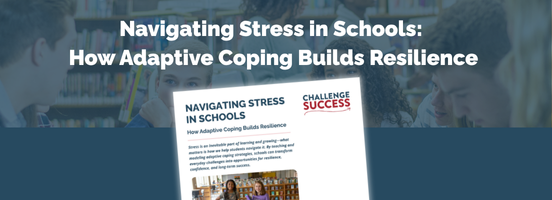What comes to mind when we hear the term “mental health”? Many people might be unable to give a straight answer. Ambiguous terms like “happy” or “stable” might pop up, but it’s likely that the average person has never given it a whole lot of thought. What about the term “mental illness”? Today it often encompasses a spectrum of images: suicidal or self-harming teenagers, Prozac prescriptions, people who are a “danger to themselves and others,” or more. Regardless of your personal reaction, the fact that we have a more concrete perception of mental illness versus mental health is saying something about our cultural values.
Stigmas against mental illness exist all over the world, but let’s focus on the stats in the US: while mental illness affects about 25% of the population, nearly two-thirds of these will never actually seek treatment. This is observed even more so in minority groups. Most interestingly, 50% of all chronic mental illnesses manifest by age 14, and 75% by age 24; this means that the majority of people who experience mental illness will discover it in high school or college. In spite of this, nearly half of 8-15 year olds with mental illness receive treatment.
It’s not that mental illness goes unnoticed: rather, it is often ignored, usually because it is not always easy to understand. A popular anecdote I’ve encountered describes the stark contrast between having a cold and suffering from depression: our peers tend to sympathize much more towards physical illness than mental. It’s much more common to receive a “get well soon!” card when you have a cold or the flu than if you tell your friends that you are suffering from depression. Lack of support or understanding from friends and family often leads to feelings of isolation and a tendency to steer away from treatment.
As somebody who has struggled with general anxiety disorder from childhood, I can say that experiencing mental illness is, in short, terrifying at first. I couldn’t help but feel that something was fundamentally wrong with me, something that I could barely even understand. But I was lucky to be born into a family with a very progressive view toward mental illness; my parents weren’t afraid to seek help for me, and regular therapy in elementary school equipped me with the tools I needed to handle my anxiety and have a generally pleasant experience through junior high and high school. The positive support I received has also made me comfortable with seeking my own treatment when I need it. But to think that nearly half of kids like me have to struggle through their mental illness, and face that fear alone, makes me realize that not all is well in the realm of mental health.
I understand that for many people, the idea of therapy or medication can be daunting. The good news is, there are a number of coping strategies that one can pursue on their own. Here are a few that have worked for me:
1. Meditation. This is probably the simplest strategy I’ve learned, and can be as simple as closing your eyes and breathing deeply. Other modifications to meditation include diaphragmatic (deep) breathing, biofeedback and mindfulness.
2. Exercise. Studies have shown that exercising promotes mental health as well as physical, including improving focus and producing natural pain-relieving endorphins. In high school, becoming a member of the cross-country and track teams was a huge source of stress relief; today, I try to retain that level of activity. Even for the less athletic, something as simple as taking a walk everyday can help clear the mind. I’ve also found yoga to be particularly effective, incorporating meditation into its exercises. Maintaining a healthy diet is also important.
3. Community. This could be as simple as having a good friend or relative to talk to. For some, simply being around people, such as at a party, club or church group can improve self-worth and confidence. Your community isn’t limited to your area either: the rise of the internet has made it infinitely easier for those with mental illness to meet each other and form online support groups. Just reading this blog post shows that you’re utilizing this resource!
Luckily, mental health awareness campaigns have become much more frequent in the past few years, in an effort to eliminate stigma and improve support of those living with mental illness. In university I was incredibly pleased by the wide array of resources for students, ranging from health awareness fairs and events to free psychological services. With increased representation of mental illness and promotion of wellbeing, the fight against stigma has already begun. I encourage everybody, regardless of personal experience, to educate themselves on the nature of mental illness; the resources are there, we just need to use them.
Mental health statistics taken from the National Alliance on Mental Illness (NAMI) http://www.nami.org/factsheets/mentalillness_factsheet.pdf
